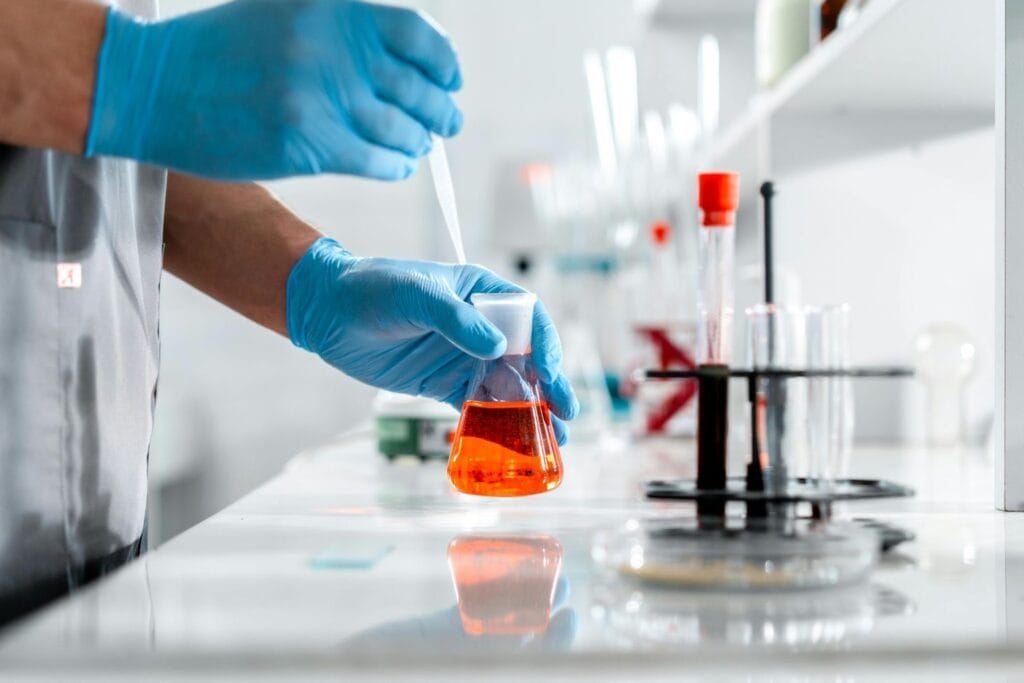Science has a way of making big things out of small moments. Nowhere is that clearer than in diagnostics. The field has changed fast. What once needed large samples and heavy machines now fits into handheld devices and lab chips.
It’s not magic — it’s progress driven by precision, patience, and a steady flow of innovation.

A Shift Toward the Tiny
In modern labs, size matters less than accuracy. Researchers aren’t chasing bigger anymore. They’re chasing smaller, faster, and smarter. One of the quiet revolutions behind this shift is nanoliter pipetting. It sounds technical, but the idea is simple — move tiny drops of liquid with extreme control. A single drop at this scale can hold just enough material for powerful tests.
This technique allows scientists to run hundreds of reactions side by side without wasting samples. It saves time, reduces costs, and opens new possibilities. In the past, one mistake could ruin a whole batch. Now, researchers can test more, fail faster, and learn quicker. That’s progress in action.
From Guesswork to Precision
Older diagnostic methods were built on patterns and experience. Doctors often made decisions based on symptoms and broad test results. Today, those days are fading. The tools we have now can look at blood, saliva, or tissue and read what’s really happening at the molecular level.
This isn’t just about efficiency. It’s about accuracy. When you can detect a disease earlier, treatment starts sooner. Patients recover faster, and outcomes improve. Small advances in technology have led to major shifts in public health. A single test can change a diagnosis, a treatment plan, even a life.
Data Joins the Story
Diagnostics doesn’t work in isolation anymore. The data that comes out of every test feeds a larger system. Machine learning helps spot patterns that the human eye would miss. Over time, this builds a clearer picture of how diseases behave.
Imagine millions of tests collected from around the world. That information turns into insight. Trends emerge. Predictive models grow stronger. It’s not just one lab or one patient anymore — it’s a global network of shared knowledge. That’s what modern diagnostics looks like: a conversation between biology and data.
Portable, Personal, and Powerful
Another big change is how accessible these tools have become. What once stayed behind lab doors now fits inside clinics, pharmacies, or even homes. Portable diagnostic devices can test for infections, track glucose, or monitor heart health in real time. They don’t replace experts, but they make care more personal.
This trend grew during the pandemic, when people started testing themselves at home. It showed that good technology doesn’t need to be complicated. If a device is simple, accurate, and fast, people will trust it. That shift pushed the industry to think about usability, not just precision.
The Role of Collaboration
Innovation doesn’t happen in silos. Engineers, chemists, biologists, and software developers all play a part. Each field brings something unique — new materials, better algorithms, smarter sensors. Together, they form a bridge between research and real-world applications.
Many breakthroughs happen when someone asks a different kind of question. Maybe an engineer looks at a lab process and sees a way to automate it. Or a data scientist notices that small changes in readings could predict a larger problem. When minds from different backgrounds connect, ideas multiply.
Challenges Along the Way
Of course, it’s not all smooth sailing. Precision tools demand precision handling. A small mistake in calibration can cause big errors. Manufacturing costs also stay high, especially for new devices. There’s always pressure to make things cheaper without losing quality.
Then there’s regulation. Diagnostic tools need approval before they reach patients. That process takes time, but it’s necessary. Trust in results matters as much as innovation. The more powerful the technology, the more careful we need to be about how it’s used.

What Comes Next
Looking ahead, the line between diagnostics and treatment will keep blurring. Tests won’t just tell us what’s wrong; they’ll suggest what to do next. Devices may monitor progress, adjust doses, and communicate directly with doctors. Every result will feed into a loop of learning and improvement.
Artificial intelligence will also have a bigger role. It won’t replace human judgment, but it will make sense of massive amounts of data faster than any person could. Combined with techniques like nanoliter pipetting, this will push the limits of what science can do with less material and more insight.
Wrapping It Up
Diagnostics has come a long way from microscopes and petri dishes. The new generation of tools runs on precision, data, and collaboration. Each drop, each test, and each algorithm brings us closer to faster answers and better care.
The next time you see a tiny vial or a portable test kit, remember that behind it lies decades of progress — scientists shrinking the gap between what we know and what we need to find out. It’s proof that small volumes can make a very big impact.
The Editorial Team at Healthcare Business Today is made up of experienced healthcare writers and editors, led by managing editor Daniel Casciato, who has over 25 years of experience in healthcare journalism. Since 1998, our team has delivered trusted, high-quality health and wellness content across numerous platforms.
Disclaimer: The content on this site is for general informational purposes only and is not intended as medical, legal, or financial advice. No content published here should be construed as a substitute for professional advice, diagnosis, or treatment. Always consult with a qualified healthcare or legal professional regarding your specific needs.
See our full disclaimer for more details.







